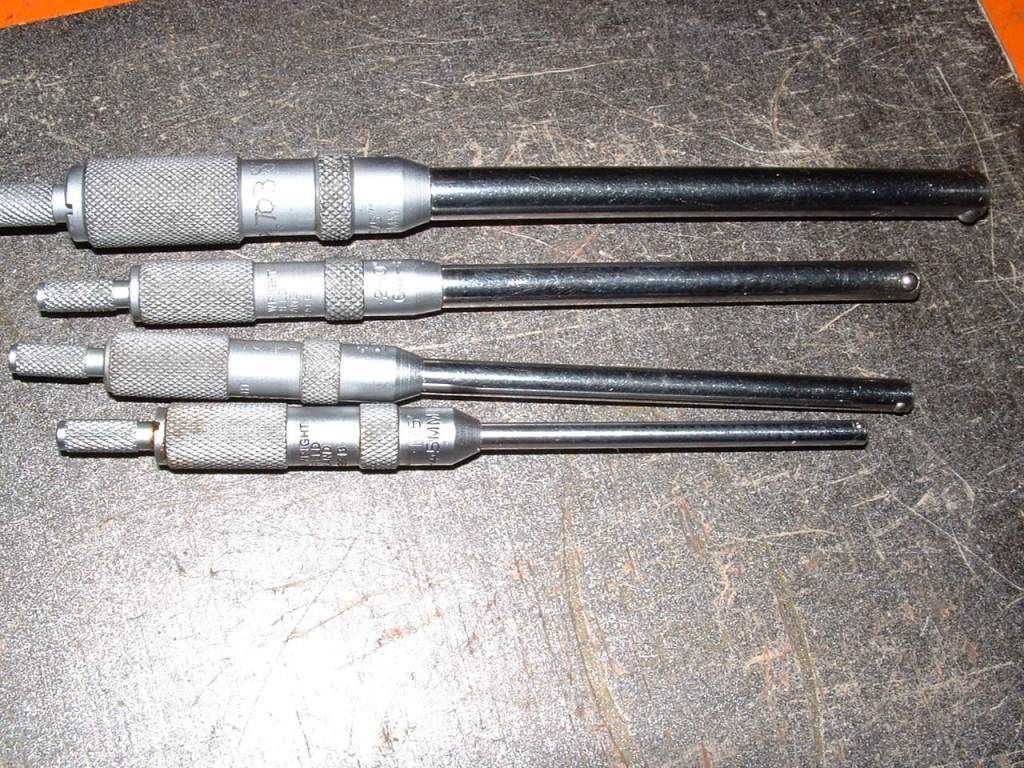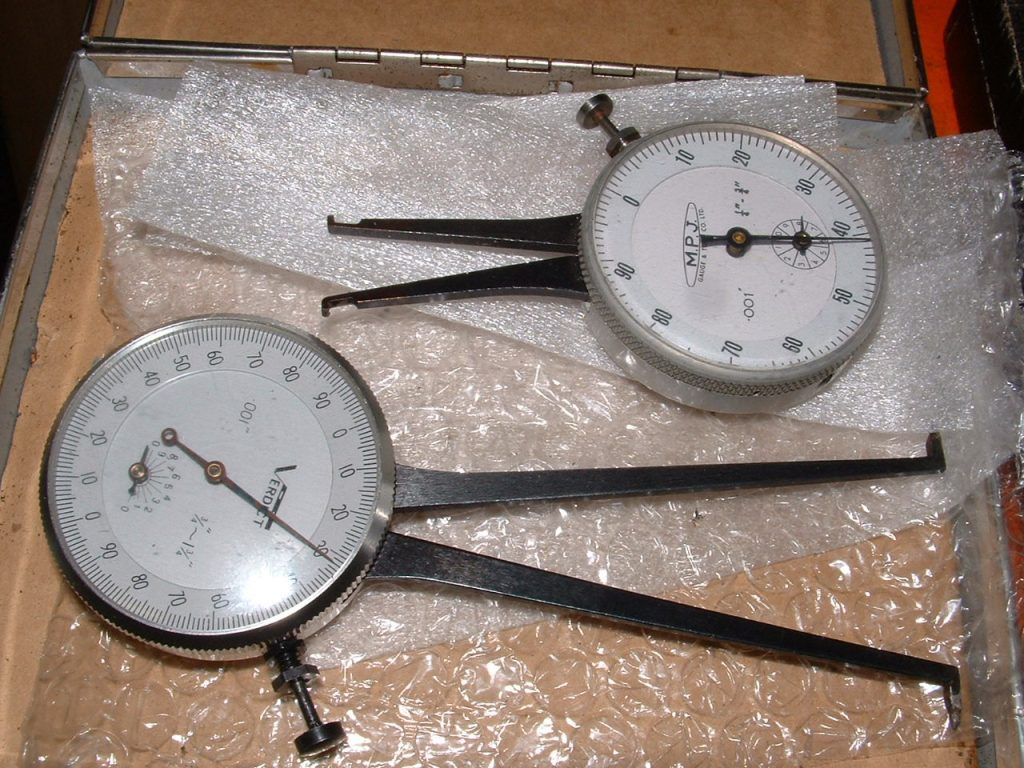A bit of a personal history for starters:
My sandwich course, 1954-1958, included twelve months factory attachment of which the first few months were spent in the Trainee Modelshop. (Question #1: why was it called a 'modelshop' ? ) I made some BA spanners and a Browne & Sharpe toolpost spanner, some toolmakers' clamps and a scriber and centre punch or two. They can't have turned out too badly – one of the toolmakers' clamps was nicked!
Subsequently, such workshop skills as I have, have been built up, patchwork fashion, relying on books, live examples and, recently, YouTube videos and lots of trial and error along the way.
One blank area in the patchwork has been hands-on experience with using the telescopic gauge to measure bores. I've never tried it.
I've watched the famous YouTube gurus inserting the telescopic gauge into the bore with a forward lean, pulling it past 'top dead centre' and then measuring it with a micrometer. I presume that the gauge is set with just sufficient tightness to hold the moving arm still but not too much to prevent the arm moving within its mate to adopt the diameter of the bore.
But, question #2, do they then tighten the handle to prevent the closing force of the micrometer from altering the reading?
Question #3, how is tthe technique altered if the depth of the bore is, say, only just sufficient to admit the head of the gauge?
I know that attaining this sort of skill is best achieved with the hands-on aid of a mentor; mentor performs operation, learner performs operation, sequence repeats until both achieve the same reading. I don't have that opportunity but I do have to machine a spigot to fit a recess (think chuck + backplate) and there'll be no second chance. I have mounted chucks on backplates in the past by just very carefully taking off less and less until they fit. I'd like to have a bit more control this time.
I look forward to members' comments. How do you do it?
Bestt regards,
Swarf, Mostly!
P.S.: I do have a digital caliper gauge.
Rod Renshaw.






